National treasures of the UAE: Heritage extending beyond museums
Hidden in plain sight…
The UAE is home to many museums, but did you know there are plenty of national treasures across the country that are hidden in plain sight? Some of these locations date back to more than 300 years ago and are well worth a visit. In the unlikely case that you need a bit more encouragement to get out and experience these national treasures, the clincher is that they’re all free…
Abu Dhabi
Al Wathba Camel Race Track

Camel racing can be traced as far back as the 17th century, and is an integral part of Emirati culture. Visiting the sand racetrack is an activity you need to experience at least once. The camels have robot jockeys operated at distance via a remote control. This one-of-a-kind experience is free to check out, and one that the whole family will love.
Free entry, visitabudhabi.ae
Al Maqta Conservation Area

The Maqta Tower is located next to Al Maqta’a Bridge, and is one of Abu Dhabi’s oldest buildings with great historic significance. It’s one of those gems hidden in plain sight. It was built in the late 18th Century and is one of the coastal defensive towers built of coral stone and beach rock. In the past, the tower signaled arrival to Abu Dhabi Island for seafarers, and was a welcome rest stop on their journey to town. When Maqta Bridge was constructed, the tower turned obsolete but remains a photogenic reminder of the city’s past.
Free entry, abudhabiculture.ae
Souq Al Qattara
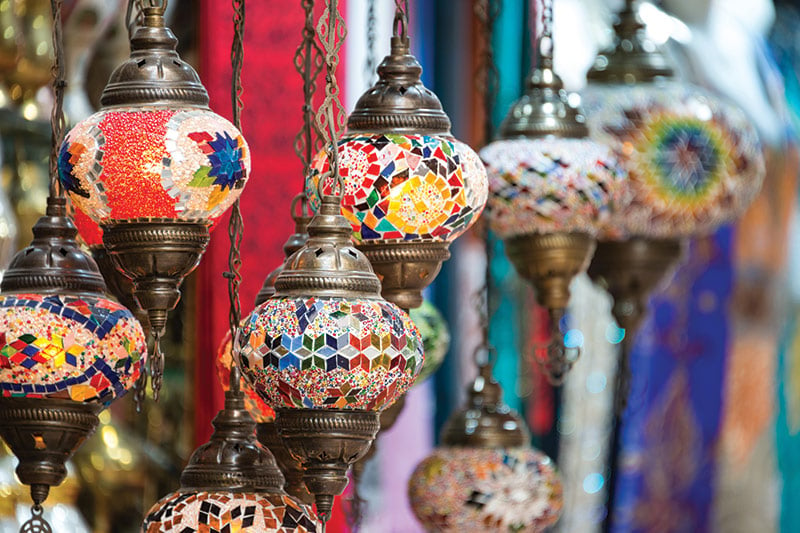
Located in a UNESCO World Heritage Site in Al Ain, residents and visitors are welcomed to discover and explore this hidden gem. The historic souq was built in the 1930s and boasts thick mud walls and a palm-frond roof showcasing the timeless of traditional Emirati architecture. You can even check out a handicrafts market here every Thursday, Friday and Saturday in the cooler season.
Free entry, visitabudhabi.ae
Dubai
Heritage House
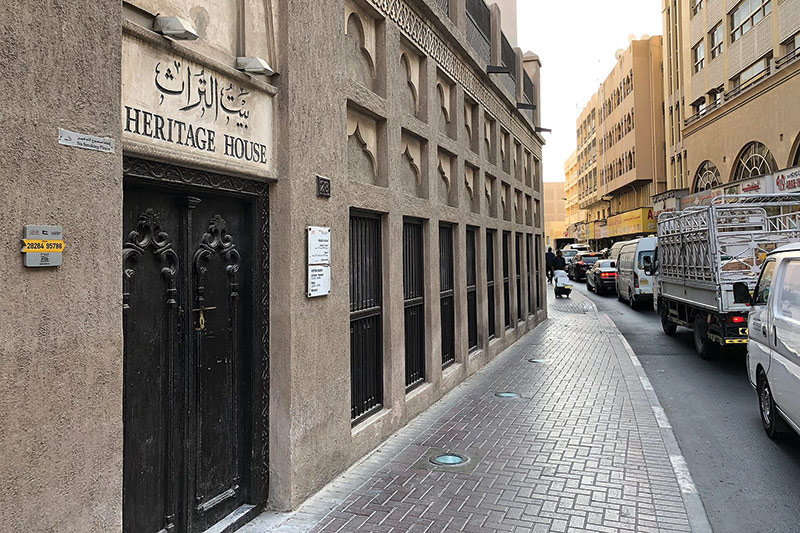
Heritage House in Deira was once the home of Sheikh Ahmed bin Dalmouk, the most famous pearl merchant in the region. It is an excellent example of a traditional Emirati courtyard house. Visitors will be able to discover household tools, furniture, clothes, jewellery, cosmetics and historical toys. This particular house consists of two floors built of coral, stone, plaster, teakwood, Chantal wood and the trunks of palm trees.
Free entry, dubaiculture.gov.ae
Al Fahidi Fort

The grounds of Al Fahidi Fort is home to Dubai Museum, a humble museum in the middle of bustling Old Dubai, a must-visit for residents and tourists. Though now under restoration, one may still spot Al Fahidi Fort peeking over the hoardings. The fort itself is a huge part of history as it is one of the oldest existing buildings in the city. It was built in 1787 and served as the headquarters for the ruler of the emirate and restored during the reign of the late Sheikh Rashid bin Saeed Al Maktoum. Later, when the UAE was founded in 1971, the fort was inaugurated as the Dubai Museum and began showcasing the history and heritage of the emirate of Dubai. The museum is set to reopen this year.
Dubai Creek
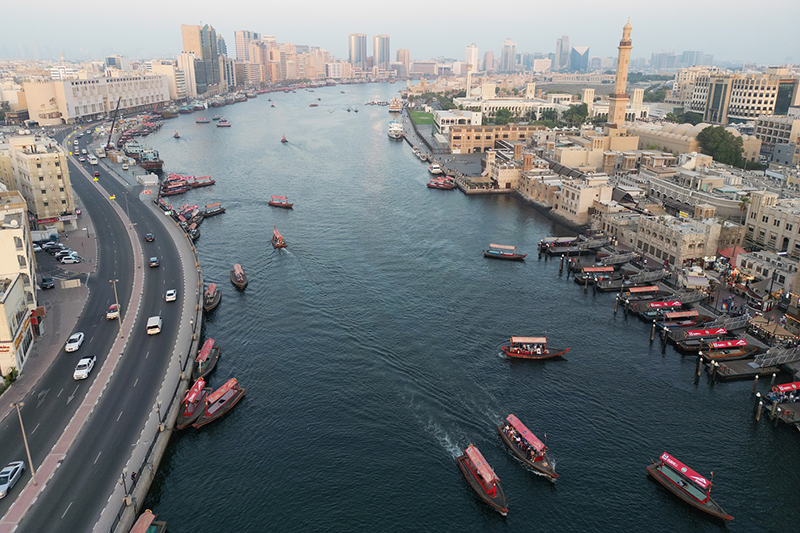
Thousands of residents and visitors pass by the Dubai Creek every day, but what they may not realise is that this humble waterbody is a national treasure hidden in plain sight. The Creek has played a major role in transforming Dubai into the city it is today by initiating trade interactions with the world over a century ago. It can be traced back to 1902 HH Sheikh Maktoum bin Hasher – the then ruler of Dubai – abolished all custom duties on imports, essentially creating a free trade zone. The Creek was also the starting and finishing point for pearling expeditions, which once formed the backbone of the economy. Thanks to its warm, shallow waters, there was a thriving marine life which meant fishing was yet another main industry. From 1935 to 1947, Dubai Creek also served as Dubai’s Airport with seaplanes using the water as a runway. The first plane to touch down in the UAE landed on the creek in 1937, carrying passengers from Southampton to Karachi. While you take a stroll around the Dubai Creek, in either Deira or Bur Dubai, hop on board one of the abras for a special boat ride.
Union House

Want to go back in time to where it all started? Head to Union House to visit the exact location where the Federation of Arab States agreed to form a union on December 2, 1971. It was an occasion that forever changed the region. Now, you can visit the Union House and see the circular table where the declaration was signed, making it a historic symbol of unity. While you’re there, visit the Etihad Museum a few steps away, which allows you to further explore this important occasion.
Dhs10 students (5 to 24 years) and Dhs25 per adult, @etihadmuseum
Sharjah
Souq Al Arsah
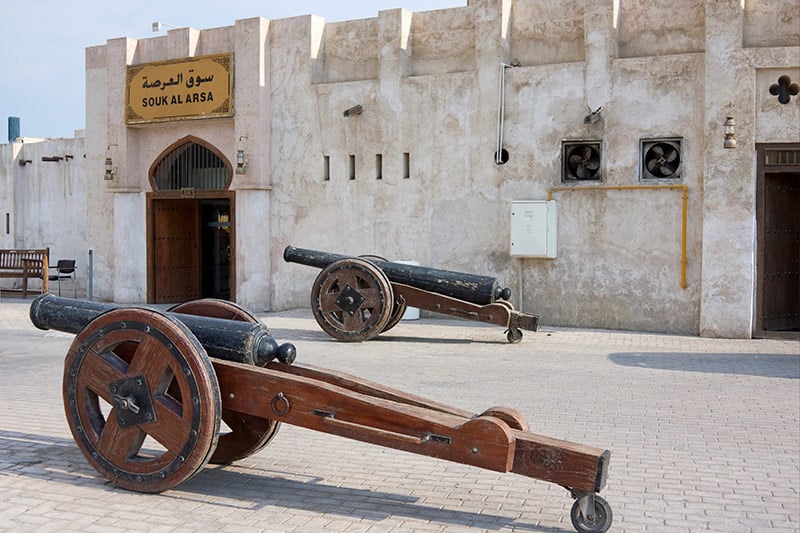
Did you know you can still actually visit and shop at one of the oldest marketplaces in the history of the UAE? Souq Al Arsah in Sharjah once was a market for traders from Persia, India, and the Bedouin tribes. It now has air conditioning, but the solid wooden doors, coral brick walls, and lanterns are a nod to days gone by. You can shop for pearl chests, copper coffee pots, abayas and kandooras, and even incense with the traditional oud scents. After you’ve bagged the goods, head to Arsa Café, Sharjah’s first ever café that is over 100 years old for traditional Emirati food for a pocket-friendly meal.
Najd Al Maqsar Village
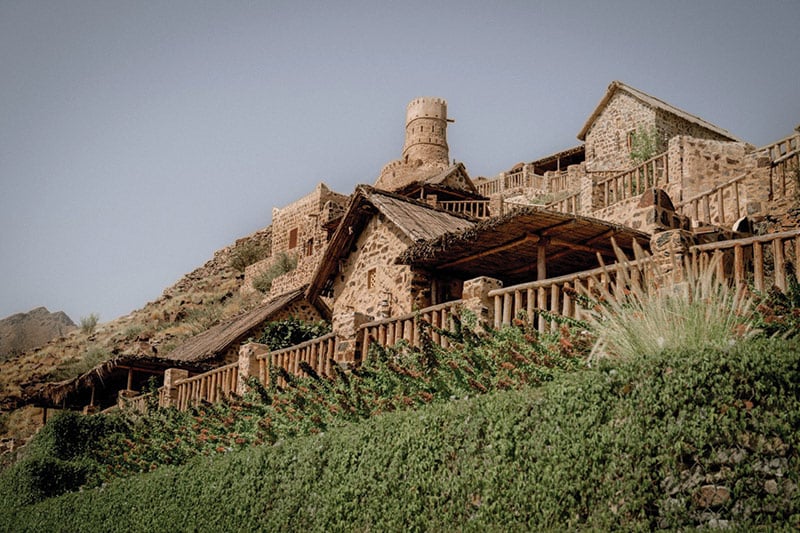
Want to experience a slice of what life was like in ancient UAE? Head up the Hajar mountains and visit Najd Al Maqsar Village, located in the heart of a wadi (river bed). It has a rich history dating back thousands of years and was once inhabited by a tribe, and comprises of 13 old houses around a century old. There is also evidence of an exodus of the people from Korfakkan to the Najd Al Maqsar settlement during the Medieval Period, seeking shelter from Portuguese colonisation. Through conservation efforts, the area is now a tourist destination with seven restored units within a house. Explore the area, visit the iconic 300-year-old Al Maqsar Fortress and enjoy a meal at the restaurant.
Free entry, visitsharjah.com
Ras Al Khaimah
Jazirat al-Hamra
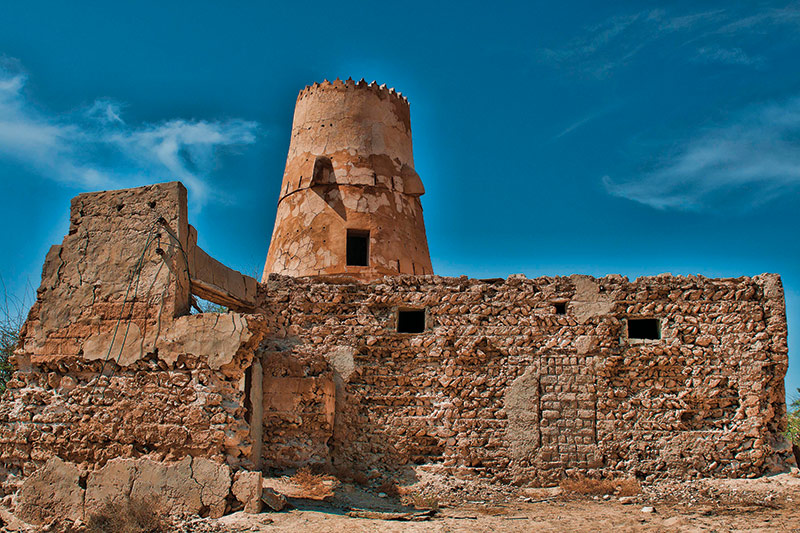
Those living in the UAE for a long time know of Jazirat al-Hamra. Located in Ras Al Khaimah, it is known as a ghost town. But what others see as a abandoned spot in the middle of a desert (and quite possibly haunted by jinn’s), others see a spot packed with authenticity and heritage. The houses here are built with stone and mud incorporated with corals and seashells and the roofs with palm trucks. The main path is dotted with mosques, and houses with star windows and wooden doors. Arrive here before the sun goes down to get some of the best, most unique photos on your phone.
Free entry, visitrasalkhaimah.com
Fujairah
Fujairah Historical Fort
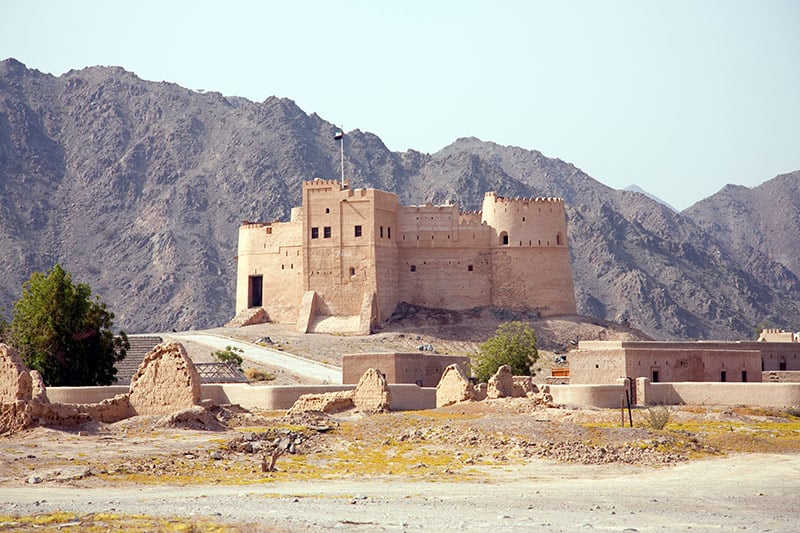
There are plenty of forts dotted across the UAE, but in Fujairah, you will find one of the oldest. Not only is it the oldest, but Fujairah Historical Fort is also quite important. It was built to protect the city against invaders and criminals. It’s a popular destination for families and friends. Carefully climb to the top of the fort and you will be treated to views of ‘days gone by’ against the skyscrapers.
Free entry, moec.gov.ae
Images: Getty Images and Unsplash
